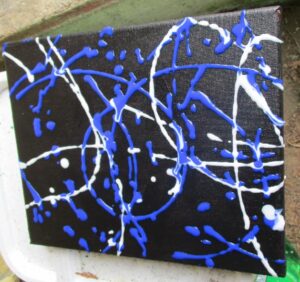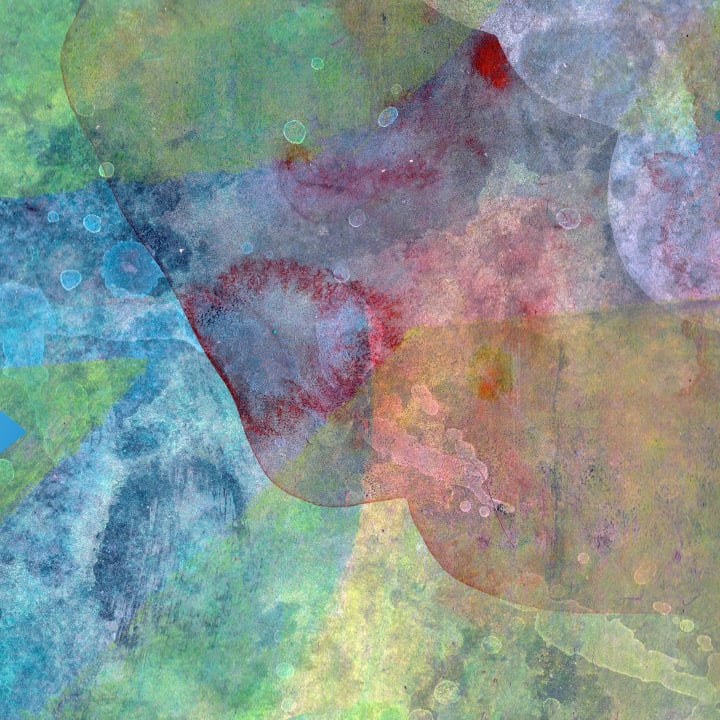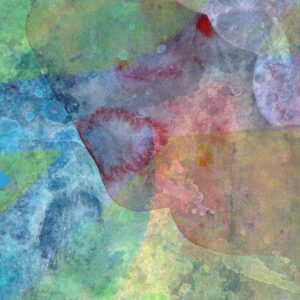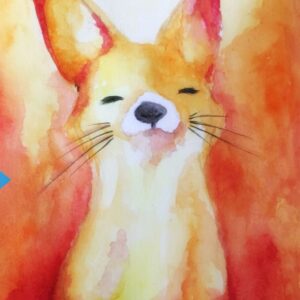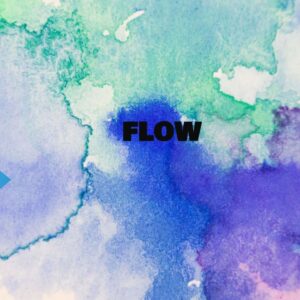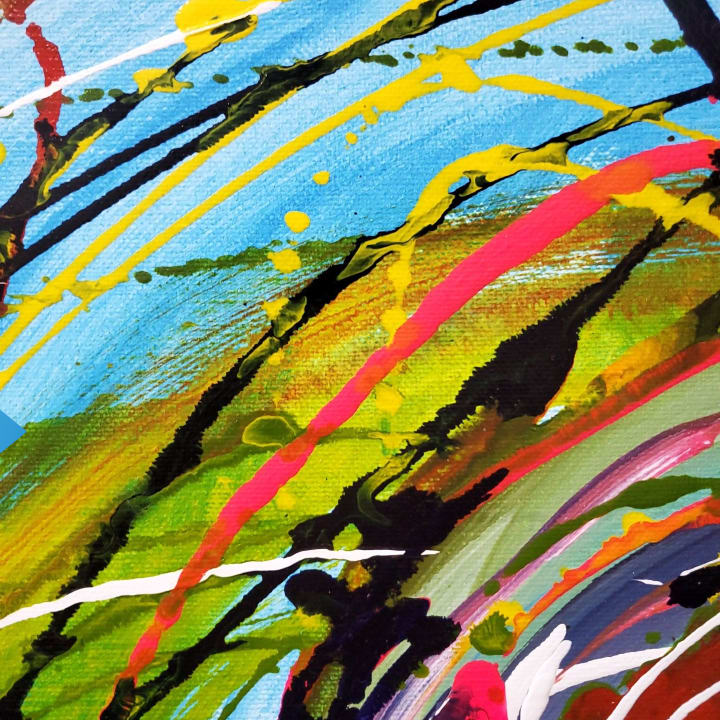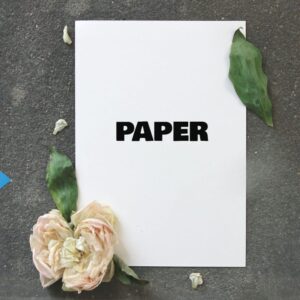Abstract Art And The Spirit

It has been a long and raging arguement that the abstract expressionists of the 50's, 60's and 70's were very busy contemplating their own navels and trying to find the "zen" in everything they did.
I would argue that they were in fact just one very important example of the hungry sleep-drugged soul seeking a way to be heard. However, many artsists of those times, and indeed today, would flatly deny anything remotely to do with spiritual things - or worse still - religious things.
Take, for instance, one of my favourites - Mark Rothko.
This tragic artist committed himself to the task of producing massive canvases with many vaguely resembling the outline of a window - especially an after image once the eye has closed. His vast expanses of colour seemed to hunt out a corner or edge in a desperate attempt to complete, or conclude, the picture. Not satisfied with that he went on to give up titling his work saying that he did not want to influence the onlooker in any way. Ironically he failed ... and sadly took his own life. For me his works speak of wonderful tantilizing clues visually demonstrating the struggling spirit seeking (and succeeding!) in revealing herself - now that is real influence!
Let me explain by an apparently unrelated route:
I seek to assist my own spirit in attempting to make manifest even the tiniest, most pathetic, weakest fact that the spirit in us all is not only just trying to communicate with us - but is in fact actively seeking to set the whole human balance right ... which is the spirit leading the mind and body back to her source - not the other way round - the mind and body leading the blinded soul to ... well, eventually death.
Not so long ago I came across the writings of Meister Eckhart, a fourteenth century Christian mystic. His words amazed me. He described in his many sermons what he believed to be the truth as to why we are here. He also revealed many tantilizing "images" of the spirit from the least angelic being right up to God Himself. His descriptions were ... how can I put it simply? ... abstract!
In one of his sermons he described God as ... "unknowable" ... "not able to be understood" ... "undefinable". In another he made a statement (one of many which may have contributed to him being accused of heresy!) "People say God exists ... God does not exist ... " left out of context that would be a truly blasphemous assertion. But he went on to say that "... God is far greater ... God is beyond existance". These and many other controversial sayings have impressed me so much that I have come to "see" God as an abstract entity - not, I hasten to add, an anarchic abstract form - but rather a God far more powerful, far more greater - than I can imagine ... in other words totally undefinable. Rather than this putting a distance between me and God, it has done exactly the opposite. And when Eckhart began to describe the life of Christ in an almost completely abstract way - Eckhart said that Christs life was the greatest example of the seeking and finding the uncreated source of the pure soul - my imagination began to run like a film of frenzied obscure visuals. Eckhart has become, to me, the patron saint of abstract artists.
The beauty of Eckharts enigmatic words are intensely inspiring. What better way to illustrate his poetic writings than to describe Gods "isness" in the very basic form of a gigantic flat area of one saturated colour untainted by anythingelse. Strangely enough this could be part of an exact description from one of Rothko's immense, sometimes almost monochromatic, paintings.
But this is by no means the whole story ... one of Eckhart's contradictions said that on the one hand God is totally unapproachable, yet at the same time God is actually very, very approachable ...
However, that is another article.



